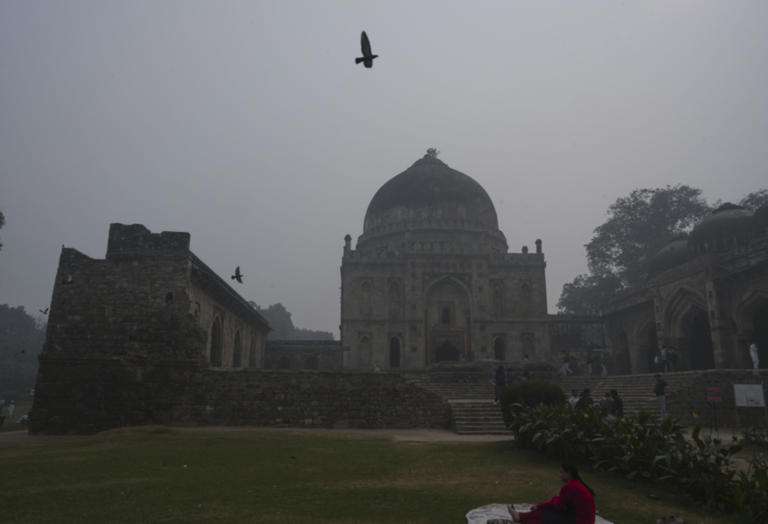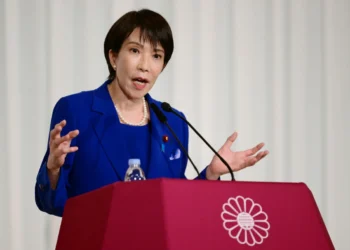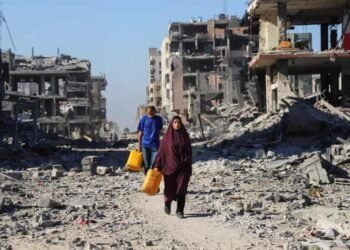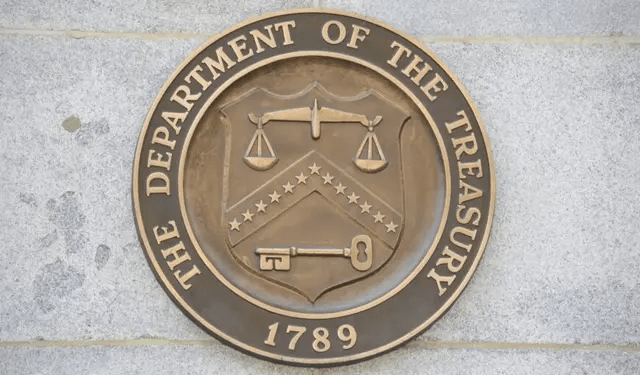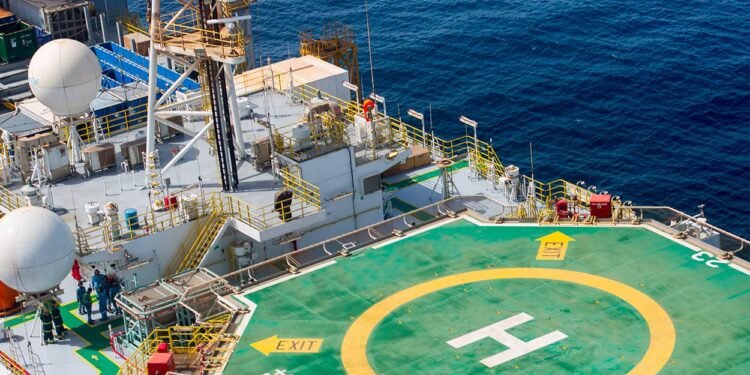Pollution levels in India’s capital, Delhi, have soared to their highest levels this year, forcing schools and offices to close and covering the city in thick brown smog.
In some parts of the city, a live air quality ranking by IQAir put pollution levels at more than 30 times the maximum level deemed healthy.
India’s pollution control authority said that its own reading of Delhi’s 24-hour air quality index (AQI) was 484, classified as “severe plus,” the highest so far this year. India’s Central Pollution Control Board defines an AQI reading of 0-50 as “good.”
The catastrophic levels of pollution led to numerous emergency measures, including most schools being closed and lessons moved online. All non-essential construction was stopped and heavy vehicles were prevented from entering the city.
In a city already riddled with inequality, pollution and access to clean air has become one of the great dividing lines between rich and poor.
Many in the city are labourers who work outside for long hours during the day and return at night to homes open to the elements, with no air purifiers or protection from pollutants.
With air pollution levels escalating to alarming levels, the sale of air purifiers and masks have surged significantly. Traders said the demand for air purifiers and masks have increased.
Those who can afford to, have been fleeing the city.
The pollution has become an annual blight on the lives of the more than 30 million people who live in Delhi and surrounding areas. Experts say that the toxic air quality is reducing life expectancy in the city by an average of seven years.
The smog arrives annually as the weather in the north of India gets colder, trapping toxic pollutants from the tens of millions of cars on the road, as well as from rubbish fires, construction and factory emissions.
The problem is further compounded by stubble fires, when farmers burn their field after harvesting rice to clear them for new crops.
The practice is illegal in India and comes with a heavy fine, but according to Safar, a weather forecasting agency under the ministry of earth sciences, these fires have contributed as much as 40% of the pollution suffocating Delhi in recent days.
On Sunday, satellites detected 1,334 such events in six Indian states.
Delhi Government Reprimanded
The Supreme Court reprimanded the Delhi government for being slow to introduce emergency pollution measures.
Yet, as has become the norm in an annual blame game, the Delhi state government, ruled by the Aam Admi party, blamed the pollution on neighbouring states, governed by the Bharatiya Janata party, which also controls the central government.
Atishi, the Delhi Chief Minister who goes by a single name, said, “The central government needs to stop playing politics and take decisive action.”
Last month India’s Supreme Court ruled that clean air was a fundamental human right and ordered the central government and state-level authorities to take action.
However, most measures have proved ineffective in stopping air quality deteriorating to levels highly dangerous to health.
As Delhi’s air turned dangerously toxic, a group of experts gathered for a press conference at COP29 in Baku, Azerbaijan, to highlight the urgency of India’s air pollution situation.
Aarti Khosla, the Director of Climate Trends, said, “We are all gathered here to talk about bigger issues that affect our climate and countries are dragging their feet so much when the lives and health of millions are at risk.” Khosla added, “We need to be urgently responsive to the realities of climate change that the world is facing today.”
READ ALSO: Shamima Muslim Criticizes NPP Campaign, Backs Mahama for Better FSHS



